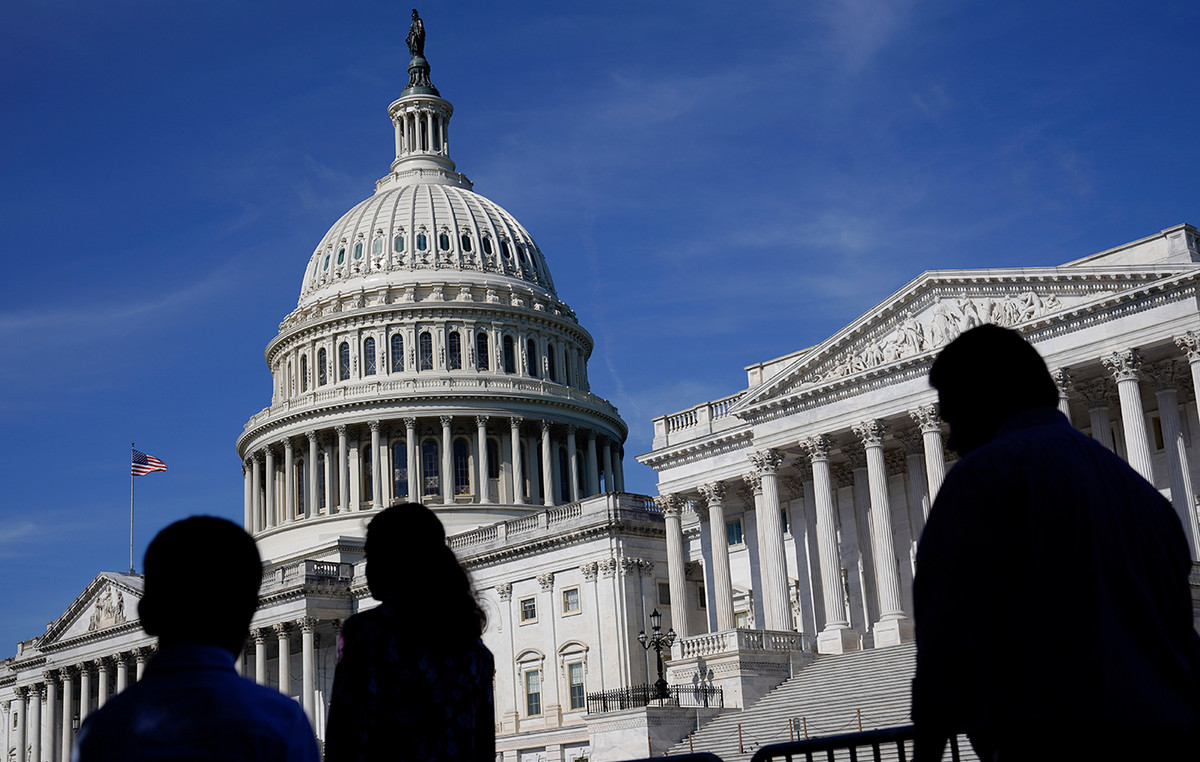- The USD/CAD remains under pressure as the US dollar weakens in the midst of concerns about the growth of the US economy.
- President Donald Trump referred to the economy as being in a “transition period,” insinuating a possible deceleration.
- It is widely expected that the Canada Bank cuts the rates at 25 basic points at its March meeting on Wednesday.
The USD/CAD maintains losses after two days of profits, quoting around 1,4440 during the Asian hours on Tuesday. The torque loses ground as the US dollar (USD) struggles in the midst of concerns that uncertainty in tariff policy could push the US economy to a recession. Investors now look towards the publication of the February Consumer Price Index (CPI) on Wednesday to obtain more information on inflation trends.
The president of the United States, Donald Trump, characterized the economy as being in a “transition period,” hinting at possible deceleration. Investors took their comments as an early sign of possible economic turbulence in the near future.
The president of the FED, Jerome Powell, reassured the markets by stating that the Central Bank does not see immediate need to adjust monetary policy despite the growing uncertainties. The president of the Fed of San Francisco, Mary Daly, echoed this feeling, noting that the increase in business uncertainty could reduce demand, but does not justify a change in the interest rate.
The US Secretary of Commerce, Howard Lutnick, declared on Sunday that 25%tariffs, imposed by President Donald Trump in February, on imports from the main foreign providers such as Canada and Mexico, who will enter into force on Wednesday, it is unlikely to be postponed, according to Bloomberg. While the US steel manufacturers have urpsed Trump to keep tariffs, companies that depend on these materials could face higher costs.
The Bank of Canada (BOC) is expected to cut the rates at 25 basic points at its March meeting on Wednesday. CIBC analysts predict that the Central Bank will reduce its reference rate to 2.75%, with probable additional cuts if commercial uncertainty continues.
Canadian dollar faqs
The key factors that determine the contribution of the Canadian dollar (CAD) are the level of interest rates set by the Bank of Canada (BOC), the price of oil, the main export product of Canada, the health of its economy, inflation and commercial balance, which is the difference between the value of Canadian exports and that of its imports. Other factors are market confidence, that is, if investors bet on riskier assets (Risk-on) or seek safe assets (Risk-Off), being the positive risk-on CAD. As its largest commercial partner, the health of the US economy is also a key factor that influences the Canadian dollar.
The Canada Bank (BOC) exerts a significant influence on the Canadian dollar by setting the level of interest rates that banks can provide with each other. This influences the level of interest rates for everyone. The main objective of the BOC is to maintain inflation between 1% and 3% by adjusting interest rates to the loss. Relatively high interest rates are usually positive for CAD. The Bank of Canada can also use quantitative relaxation and hardening to influence credit conditions, being the first refusal for CAD and the second positive for CAD.
The price of oil is a key factor that influences the value of the Canadian dollar. Oil is the largest export in Canada, so the price of oil tends to have an immediate impact on the value of the CAD. Generally, if the price of oil rises, the CAD also rises, since the aggregate demand of the currency increases. The opposite occurs if the price of oil drops. The highest prices of oil also tend to give rise to a greater probability of a positive commercial balance, which also supports the CAD.
Although traditionally it has always been considered that inflation is a negative factor for a currency, since it reduces the value of money, the opposite has actually happened in modern times, with the relaxation of cross -border capital controls. Higher inflation usually leads to central banks to raise interest rates, which attracts more capital of world investors who are looking for a lucrative place to save their money. This increases the demand for the local currency, which in the case of Canada is the Canadian dollar.
The published macroeconomic data measure the health of the economy and can have an impact on the Canadian dollar. Indicators such as GDP, manufacturing and services PMIs, employment and consumer confidence surveys can influence the CAD direction. A strong economy is good for the Canadian dollar. Not only attracts more foreign investment, but it can encourage the Bank of Canada to raise interest rates, which translates into a stronger currency. However, if the economic data is weak, the CAD is likely to fall.
Source: Fx Street
I am Joshua Winder, a senior-level journalist and editor at World Stock Market. I specialize in covering news related to the stock market and economic trends. With more than 8 years of experience in this field, I have become an expert in financial reporting.







